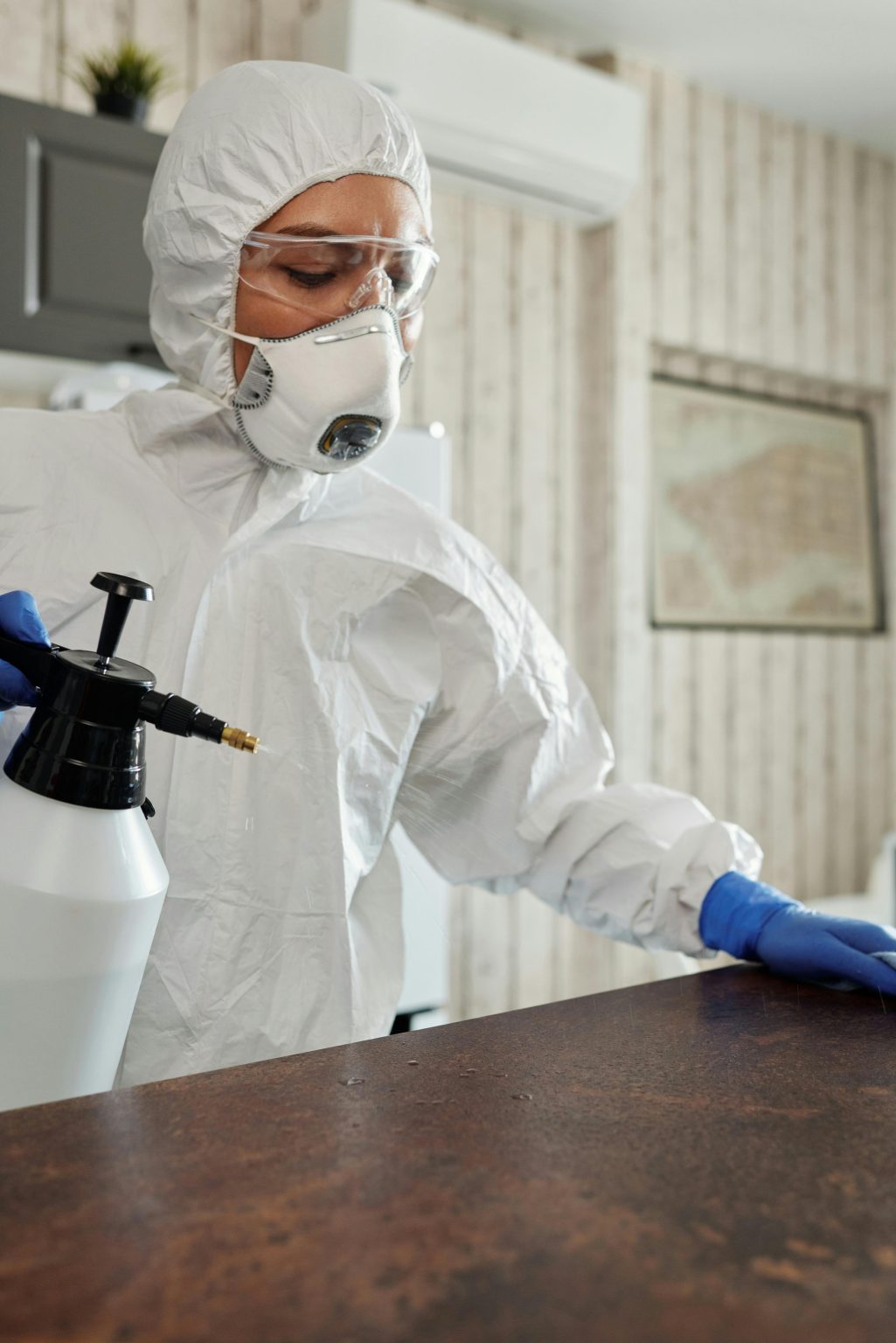By David Lilly
The commercial cleaning industry that services sectors as diverse as the supermarkets and restaurants to the NHS, is surprisingly stagnant. While technology has revolutionised countless other fields, from transportation to communication, cleaning largely relies on antiquated methods.
The ubiquitous mop and bucket, chemical-laden detergents, and wasteful use of water are all hallmarks of an industry desperately in need of a shake-up. This lack of innovation is not only inefficient; it’s also environmentally damaging and ultimately, a drain on businesses.
Traditional practices, such as using detergent-filled mop buckets, are slow and inefficient, and they create a safety risk. They require large amounts of water, often heated, alongside chemical detergents and plastic mop heads – all of which contribute to an industry that’s far from sustainable.
The core problem is the industry’s continued reliance on wet-cleaning methods. Why do we continue to apply a wet solution to a wet problem when common sense and experience in other areas tells us emphatically that the answer lies in a different approach?
My experience of introducing innovative products into this sector tells me that it is far from being a straightforward challenge. The commercial cleaning supply chain is dominated by a few powerful gatekeepers of distributors and facilities management (FM) companies.
These groups operate a model that prioritises high turnover and low margins. Historically, this helps to explain why virtually nothing has been invested into research and development of innovative products and methods.
This cartel of operators favours selling established products – such as mop heads and large volumes of detergent – to long-established, high volume customers, rather than supporting something new that might disrupt their existing revenue streams.
There’s no incentive to change for distributors who have a vested interest in supermarkets, fast-food chains and public sector institutions continuing to rely on their repeat purchase solutions, rather than pushing for long-lasting and more cost-effective ways of doing things.
Innovation, when it has been attempted in the past, has tended to mean automation of existing methods while consumables – the products used to clean – have barely changed.
Microfibre cloths are probably the largest change in the domestic market in recent years, but commercial cleaning is still dominated by the mop-and-bucket and standard chemicals approach.
Decision-makers, including buyers and facilities managers in large-scale organisations, do not have the time or inclination to move away from long-established ways of doing things even when they are offered solutions that are evidently quicker, more cost-effective and that will help them to meet their carbon-emissions targets.
Operating in the current economic climate, when saving money is more important than ever, should be an incentive to find cheaper and better solutions, but instead too many overlook opportunities that are presented to them.
Many businesses fail to properly calculate the true cost of traditional cleaning, neglecting the expenses associated with heating water, using chemical detergents, and mop heads, as well as the cost of lost time and the risks of accidents.
A recent analysis we conducted for a major fast food chain showed that a mopping task costs around £1.48 when all these factors are considered. A comparable clean with a dry-cleaning method costs just £1.13, not including the man-hours saved.
A full switch to such methods could save the company around £1million per year in the UK. Despite this saving, and the fact that the company in question is working towards a more sustainable future, the business is extremely slow to make the switch.
It’s not that they don’t care, but they are bound by a culture of old habits and a reticence to do anything different that might challenge established practices.
The cleaning industry is crying out for innovation, but inertia is holding it back.
This lack of innovation in cleaning extends to the way we view health and safety requirements.
In commercial kitchens, a reliance on mops and buckets leaves floors slick with grease, creating a constant risk of slips and falls. Whilst the Health and Safety Executive (HSE) provides a traffic light system for floor safety, most kitchens are switching between amber and red – a fact borne out by the independent testing we have undertaken in many busy kitchens.
Dry cleaning products help to remove the grease, ensuring a green and safe surface from the start. By moving from wet to dry cleaning, and eliminating chemicals and water from the process, we make floors instantly safer.
The problems are not limited to the commercial sector. The NHS has traditionally struggled with spill management, often relying on ineffective, outdated products. Many NHS facilities keep mandated spill kits, but these are seldom used, with staff instead reverting to blue roll and pads, which are often ineffective and environmentally disastrous.
In the end, what is needed is a shift in mindset and a recognition that some old ways of working are no longer fit-for-purpose. More importantly, it requires brave decision making that can challenge this established system.
I believe that, ultimately, change can happen. We must continue to highlight the inefficiency and unsustainability of traditional cleaning practices, and champion the benefits of innovation in cleaning. The potential savings for businesses, coupled with the positive impact on the environment, present a compelling case for change.
The time for disruption is now. The cleaning industry is ripe for innovation, and by working together, we can create a cleaner, safer and more sustainable future.
David Lilly is chief executive of Edinburgh-based For Spills, which has developed a patented range of eco-friendly dry cleaning products for commercial and industrial spills
